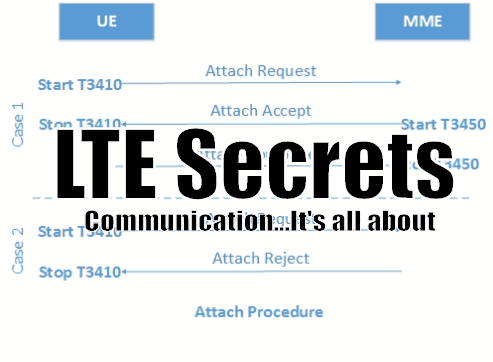Tuesday, December 7, 2021
Thursday, December 2, 2021
CUPS-Userplane Selection
In CUPS
Architecture, Control Plane(SGW-C,PGW-C,SGWPGW-C) selects Userplane
(SGW-U,PGW-U,SGWPGW-U) to serve the subscriber request during PDN session
establishment.
There are multiple ways CP selects UP for a particular request.
Based upon APN received in the Create Session request. (APN-level)
Based upon the TAC received in Create Session request. (User-location)
Based upon the Load information of a particular UP-capacity among multiple UP to be selected.
Round-Robin. (Least-loaded)
Based upon
the operator configuration among above mentioned options, UP selection is to be
performed by CP.
APN-Level: Same UE can be served by different
Userplanes when UP selection is configured based upon APN level configuration.
Eg: internet
àUP1
IMS àUP2
User-location: UE’s can be served by a particular UP
based upon their location.
UP-Capacity: Based upon the Load Control
Information (LCI), Overload control information (OCI) received from UP to CP.
CP takes the selection decision based upon these values. These values gets
updated from UP to CP in SX Response messages.
Round-Robin: When no specific matched condition is configured for UP selection then by default round-robin technique is used to distribute the load among all the connected UPs.
Monday, May 4, 2020
Network Initiated Dedicated bearer
http://www.simpletechpost.com/2012/05/default-bearer-dedicated-bearer-what.html
For more details:
http://www.lte-5g-secrets.com/2012/05/lte-call-flow-beyond-pgw.html
Thursday, March 15, 2018
APN-OI Replacement
APN-OI Replacement
Tuesday, November 14, 2017
Friday, August 18, 2017
ARP ( Allocation and Retention Priority) in LTE
Monday, March 6, 2017
MME in Pool
All the MMEs in a pool share the load from all the UE in the pool service area. As long as the UE remains in the pool service area, it is normally attached to the same MME.
In case any of the MME became out of service, the eNodeB reroutes the signaling from the UE to another MME in the MME pool.
Benefits:
1. Network failure Handling.
2. Network Load balancing.
3. Reduce the Inter-MME Tracking Area Updates.
4. Easy to take out MME from the pool for maintenance purpose.
By setting RelativeMmeCapacity to 0 in MME. After that no traffic will be sent by any of the connected enodeBs to this MME.






